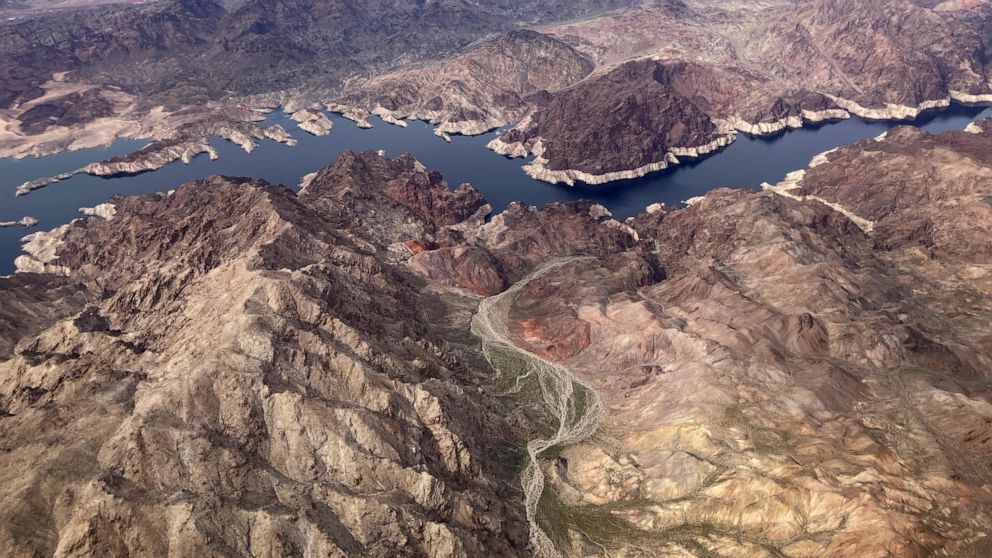The United States is often referred to as the global leader in weather disasters, and for good reason. The country experiences a wide range of natural disasters, including hurricanes, tornadoes, wildfires, floods, and droughts. These events can have devastating consequences, causing loss of life, property damage, and economic disruption. In this article, we will explore some of the reasons why the US is particularly vulnerable to weather disasters and what steps are being taken to mitigate their impact.
Geography
One of the primary reasons why the US is susceptible to weather disasters is its geography. The country spans a vast area, from the Atlantic to the Pacific Ocean, and includes diverse landscapes such as mountains, deserts, and coastal regions. This diversity means that different parts of the country are exposed to different types of weather events. For example, hurricanes are more common in the southeastern states, while tornadoes are more prevalent in the Midwest. The country’s location also makes it vulnerable to extreme weather events such as hurricanes and droughts that originate in other parts of the world.
Climate Change
Another factor contributing to the US’s vulnerability to weather disasters is climate change. The warming of the planet has led to more frequent and intense weather events such as hurricanes, wildfires, and floods. Rising sea levels also increase the risk of coastal flooding and storm surges. Climate change is caused by human activities such as burning fossil fuels and deforestation, which release greenhouse gases into the atmosphere. The US is one of the largest emitters of greenhouse gases in the world, making it a significant contributor to climate change.
Infrastructure
The US’s infrastructure also plays a role in its susceptibility to weather disasters. Many of the country’s cities and towns were built without adequate consideration for natural disasters. For example, buildings in earthquake-prone areas may not be designed to withstand seismic activity, while homes in flood-prone areas may not be elevated or have proper drainage systems. Additionally, the country’s aging infrastructure, such as dams and levees, may not be able to withstand extreme weather events.
Mitigation Efforts
Despite these challenges, the US has made significant strides in mitigating the impact of weather disasters. The Federal Emergency Management Agency (FEMA) is responsible for coordinating the country’s response to natural disasters. FEMA works with state and local governments, as well as non-governmental organizations, to provide assistance to those affected by disasters. The agency also provides funding for disaster preparedness and mitigation efforts.
Individuals can also take steps to prepare for weather disasters. This includes creating an emergency kit, developing a family communication plan, and staying informed about weather conditions. Local governments may also have evacuation plans in place for those living in areas prone to natural disasters.
Conclusion
The US’s vulnerability to weather disasters is a complex issue that is influenced by geography, climate change, and infrastructure. While the country has made progress in mitigating the impact of these events, there is still much work to be done. By taking steps to prepare for natural disasters and addressing the root causes of climate change, the US can continue to lead the way in disaster preparedness and response.



